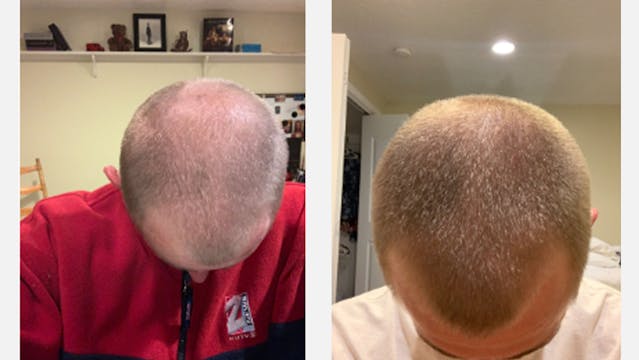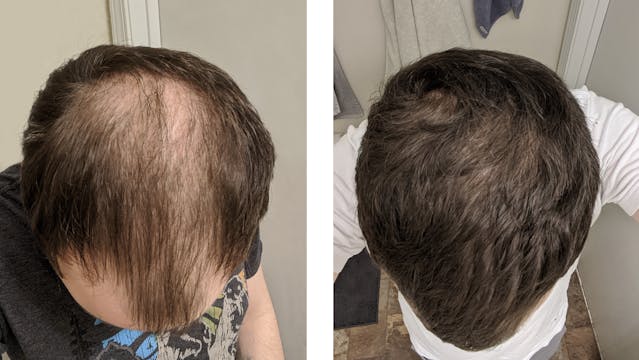Benign prostatic hyperplasia (BPH) and erectile dysfunction (ED) are both fairly common disorders in men, particularly as they age. In this article, we’ll explore the relationship between them. Although these are often two separate and distinct conditions, ED may develop because of some of the treatments used for BPH.
What is BPH?
Benign prostatic hyperplasia (BPH, also known as benign prostate enlargement or BPE) generally only affects men over the age of 50. BPH is the non-malignant (non-cancerous) enlargement of the prostate. This may cause urinary symptoms, including difficulty passing urine, increased frequency of urination, and incomplete emptying of the bladder.
What is ED?
Trouble getting or maintaining an erection sufficient to allow sexual intercourse is termed erectile dysfunction or ED. It’s generally a symptom, with a variety of possible underlying causes.
BPH treatment and sex
BPH treatment can cause problems in sexual functioning.
- Alpha-reductase inhibitors, like finasteride and dutasteride, have been linked to erectile dysfunction. This is thought to be because they block the production of dihydrotestosterone (DHT), an active form of testosterone.
- Men who take alpha-blockers, such as doxazosin, terazosin, or tamsulosin, can have significant trouble ejaculating, because alpha-blockers relax the bladder and prostate muscle cells. However, it’s also possible that they have better erections, because blood flow to the penis improves.
- Transurethral resection of the prostate (TURP), a surgical technique often used when medication fails, may cause erectile dysfunction in a small percentage of men. This may be due to damage to nerves, arteries or veins in the groin which are involved in erectile function.
The numan take
BPH doesn’t usually cause erectile dysfunction, but some of the treatments employed for it can. If you are taking any of the medications listed but have concerns about them, the best thing to do would be to have a discussion with your GP or urologist.







